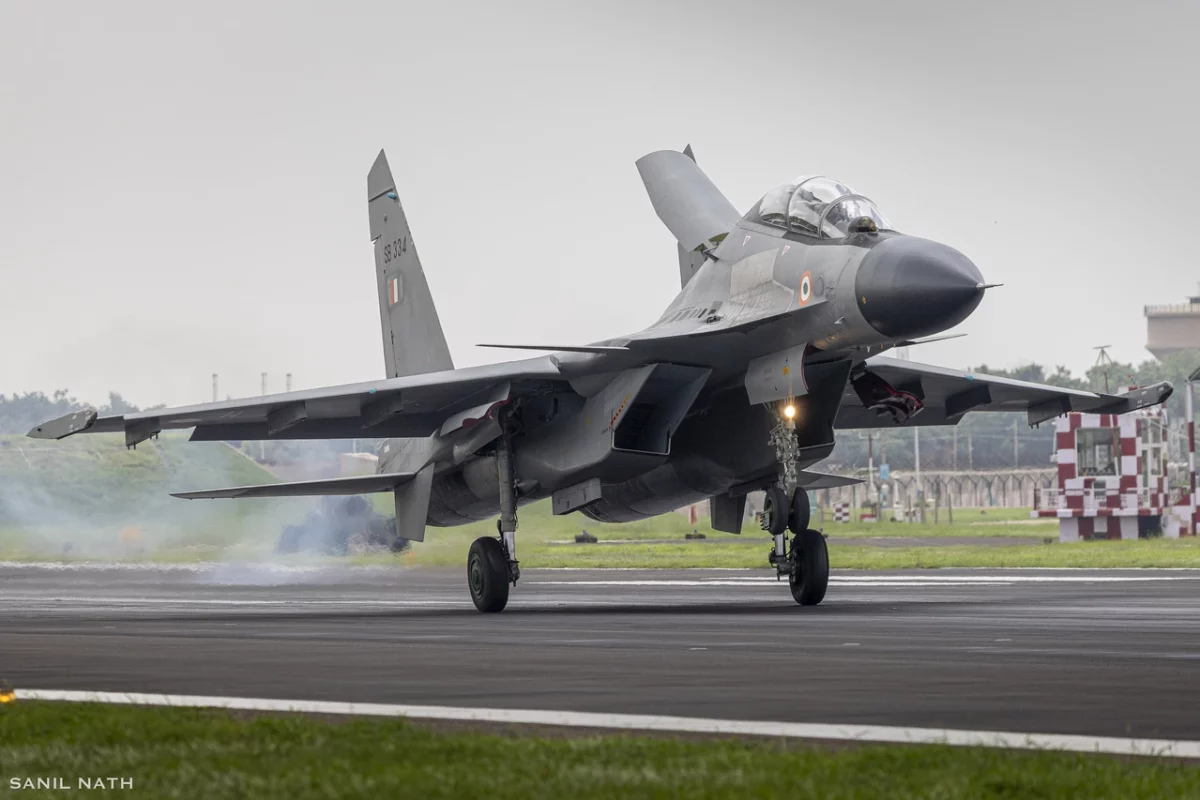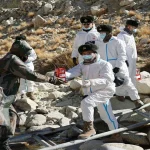Armenia is reportedly on the verge of signing a major defence agreement with India for the acquisition of Hindustan Aeronautics Limited’s (HAL) Su-30MKI multirole fighter jets, signalling a significant milestone in New Delhi’s expanding defence diplomacy.
According to reports from News.Az citing Indian Defence News, the deal—currently in advanced negotiation stages—is estimated to be worth between USD 2.5 and 3 billion. Initial deliveries are expected to include 8 to 12 aircraft, with future expansions possible depending on operational and financial assessments.
The agreement is also expected to cover pilot training, ground support systems, weapons integration, and a dedicated maintenance infrastructure. Deliveries are projected to align with HAL’s ongoing production schedule for the Indian Air Force, with handovers expected to begin by late 2027 and conclude by 2029.
If finalized, this will mark a substantial leap in Armenia’s aerial capabilities, as its air force currently lacks an advanced multirole fighter platform.
Response to Regional Power Dynamics
The deal comes at a time when Azerbaijan has inducted 40 JF-17C Block-III fighters, co-developed by Pakistan and China, significantly enhancing its strike and air superiority potential. Analysts view Armenia’s interest in the Su-30MKI as a strategic counterbalance to maintain equilibrium in the volatile South Caucasus region.
Over the past five years, Armenia has become one of India’s most important defence partners in Eurasia. Previous purchases include the Pinaka multi-barrel rocket system, Swathi counter-battery radars, and anti-tank guided munitions, reflecting a consistent move toward Indian defence technology.
Armenian Su-30MKI: Indian Systems at the Core
The Armenian variant of the Su-30MKI is expected to integrate several indigenous Indian systems, including:
- DRDO’s Uttam AESA radar
- Astra Mk-1 and Mk-2 BVR air-to-air missiles
- Indigenous electronic warfare and defensive aids suites
These customisations not only boost combat effectiveness but also showcase India’s growing capacity to export self-reliant, high-performance military systems to global partners.
Strategic and Geopolitical Implications
The prospective deal underscores India’s emergence as a reliable defence partner for smaller nations seeking affordable yet advanced alternatives to Russian or Western platforms. It also enhances New Delhi’s strategic influence across the Eurasian corridor, extending India’s reach west of the Caspian Sea.
For Armenia, the agreement signifies a shift away from decades of reliance on Russian weaponry. Yerevan increasingly views India as a dependable supplier offering cutting-edge systems without geopolitical conditions.
For India, the deal represents a strategic counterweight to the Pakistan–Turkey–Azerbaijan axis, strengthening its presence in a region where Chinese and Turkish influence is growing.
Meanwhile, Azerbaijan is likely to perceive this development as a direct challenge to its expanding airpower, particularly given the symbolic contrast between Indian-built Su-30MKIs and Pakistani-origin JF-17Cs. Analysts predict that Baku may respond by accelerating future procurement from Turkish or Chinese partners.
A New Phase in Eurasian Defence Ties
If concluded, the Su-30MKI deal would cement India’s role as a credible arms exporter and strategic stakeholder in Eurasian stability. Armenia’s enhanced airpower, complemented by its growing inventory of Indian-origin systems like Pinaka and Swathi, is set to reshape the South Caucasus security equation.
The potential agreement highlights a paradigm shift in global defence partnerships, where smaller nations increasingly turn to India for modern, trusted, and geopolitically balanced military support.













